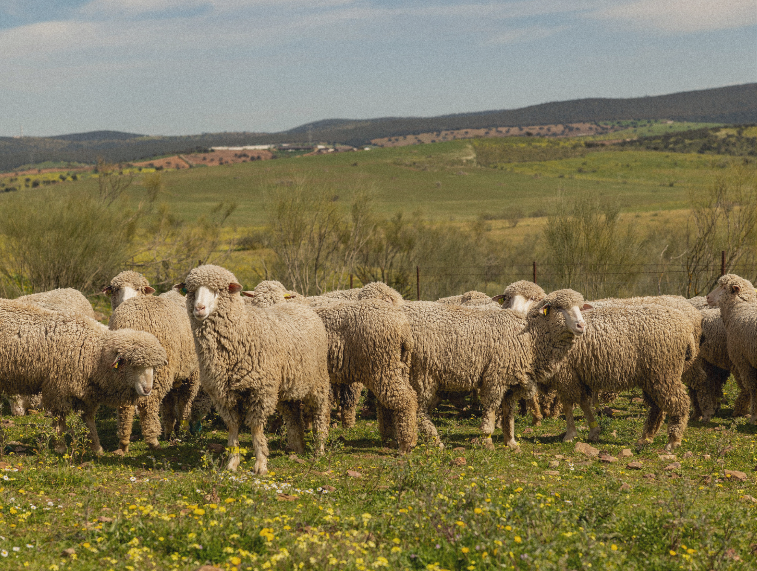Transhumance is a practice inherited from our nomadic ancestors.
During the Middle Ages, it was very common among shepherds who moved their flocks seasonally in search of fresh pasture and water.
This nomadic practice was not only necessary for the survival of the animals, but also played a crucial role in the economy of those places where these herds passed.

In addition, traditions, festivities and celebrations were developed around the arrival and departure of the transhumant herds, which enriched the country's cultural heritage.
In environmental terms, by allowing grazing rotation and avoiding overexploitation of natural resources, transhumance contributed to maintaining biodiversity, preventing soil erosion and conserving rural landscapes.
Due to the importance of wool and the nomadic management of the flocks, the royal canyons were created, protected natural routes that are still maintained today and whose function is to facilitate the passage and serve as a guide for the transhumant shepherds in the seasonal movements of the herd.
These protected spaces are a great carbon sequestration tool for our planet as well as a great source of biodiversity.

Maintains Ecosystems
A flock of 1000 transhumant sheep is capable of disseminating a total of 5 million seeds on its way during 24 hours. Due to the digestion of the ruminants, these seeds are spread two or three days after ingestion over a total distance of between 45 and 60 km from where they ate it and 30% of them end up germinating.
This data reflects the great power of transhumance to generate rich ecosystems and improve the diversity of our plants, thus avoiding monogamy between wild species and soil deforestation.